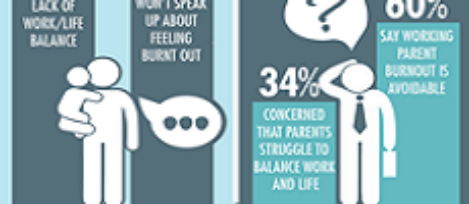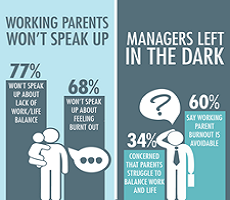October 17, 2015
Insight briefing + Changing face of office design + Global cities 0
 This week’s newsletter features our first Insight Briefing, produced in partnership with Connection, which looks at agile working in the public sector. Adrian Campbell says office design needs the direct contribution of its most important influencer, the end user; and Mark Eltringham welcomes a new report that debunks the belief that ‘sitting is the new smoking’. Demand for flexible co-working space looks set to soar; investment in commercial property is at its highest level worldwide since 2008, and businesses continue to find the creation of a productive workplace challenging. Sydney leads the world in Activity Based Working according to the Global Cities report; and working parents in the US are reluctant to let employers know how stressed they really are. Visit our new events page, subscribe for free quarterly issues of Work&Place and weekly news here. And follow us on Twitter and join our LinkedIn Group to discuss these and other stories.
This week’s newsletter features our first Insight Briefing, produced in partnership with Connection, which looks at agile working in the public sector. Adrian Campbell says office design needs the direct contribution of its most important influencer, the end user; and Mark Eltringham welcomes a new report that debunks the belief that ‘sitting is the new smoking’. Demand for flexible co-working space looks set to soar; investment in commercial property is at its highest level worldwide since 2008, and businesses continue to find the creation of a productive workplace challenging. Sydney leads the world in Activity Based Working according to the Global Cities report; and working parents in the US are reluctant to let employers know how stressed they really are. Visit our new events page, subscribe for free quarterly issues of Work&Place and weekly news here. And follow us on Twitter and join our LinkedIn Group to discuss these and other stories.














 Companies are rethinking the tools they use to keep employees engaged and loyal – especially at a time when flexibility and choice are increasingly important to an workforce that craves mobility and choice. A newly released survey from
Companies are rethinking the tools they use to keep employees engaged and loyal – especially at a time when flexibility and choice are increasingly important to an workforce that craves mobility and choice. A newly released survey from 
 According to an analysis of the just-released 2014 American Community Survey (ACS) conducted by
According to an analysis of the just-released 2014 American Community Survey (ACS) conducted by 














October 12, 2015
How workplace design is more closely reflecting how we actually work 0
by Adrian Campbell • Comment, Flexible working, Workplace design
(more…)